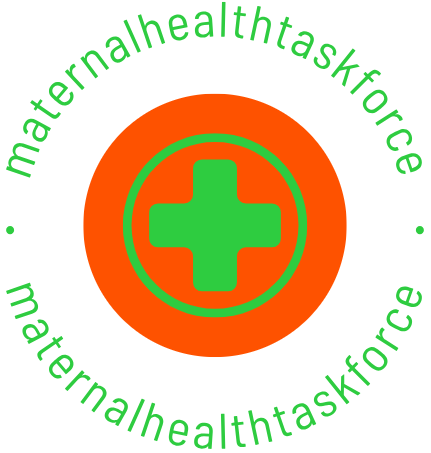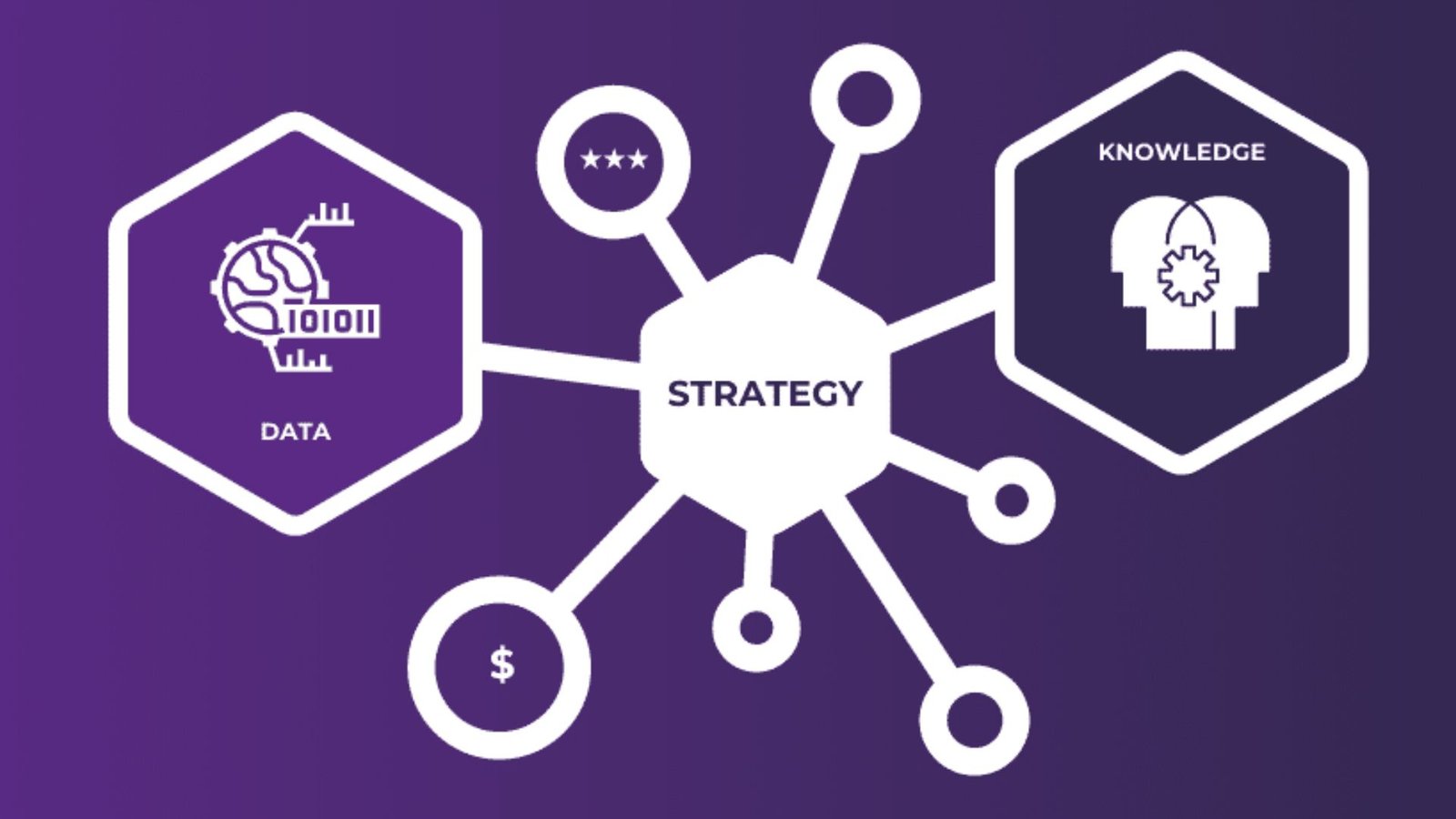Documenting processes offers significant advantages for organizations aiming to improve efficiency, consistency, and knowledge retention. When teams outline their workflows and procedures, they create a roadmap that guides operations and ensures clarity. In this post, we will explore the key benefits of documenting processes and how they can positively impact your organization.

Enhancing Consistency and Quality
Documenting processes helps standardize operations across teams. When everyone follows the same procedures, it minimizes variations and ensures that tasks are completed consistently. This uniformity enhances the overall quality of work and reduces the likelihood of errors. Employees can reference documented processes to understand the expected steps, leading to improved outcomes and higher customer satisfaction.
Streamlining Training and Onboarding
A well-documented process serves as an excellent resource for training new employees. It simplifies the onboarding experience, allowing newcomers to familiarize themselves with workflows quickly. By having clear documentation, organizations can reduce the time and resources needed for training while ensuring that new hires receive the same foundational knowledge as their more experienced counterparts.
Facilitating Continuous Improvement
Documenting processes encourages a culture of continuous improvement. When teams regularly review and update their documentation, they can identify inefficiencies or areas for enhancement. This practice allows organizations to adapt to changing circumstances and implement best practices that contribute to better performance over time. By engaging employees in this process, organizations can foster innovation and streamline operations.
Supporting Knowledge Retention
Employees often possess valuable knowledge that can be lost when they leave an organization. Documenting processes helps capture this tacit knowledge, ensuring that it remains accessible to current and future team members. This retention of knowledge prevents disruptions in workflow and allows organizations to maintain productivity even during transitions.
Improving Compliance and Risk Management
In industries with strict regulations, documenting processes is essential for compliance. Clear documentation helps ensure that teams follow legal and regulatory requirements consistently. When processes are well-documented, organizations can more easily demonstrate adherence to standards during audits or inspections, mitigating risks associated with non-compliance.
Encouraging Collaboration and Transparency
When organizations document their processes, they promote transparency and collaboration among teams. Employees can easily access information related to workflows, allowing for better communication and coordination. This transparency fosters a collaborative environment where team members can provide input, share ideas, and work together more effectively.
Conclusion
The benefits of process documentation extend far beyond mere record-keeping. By enhancing consistency, streamlining training, facilitating continuous improvement, supporting knowledge retention, improving compliance, and encouraging collaboration, organizations can create a robust framework for success. Embracing process documentation leads to more efficient operations and empowers teams to perform at their best.











